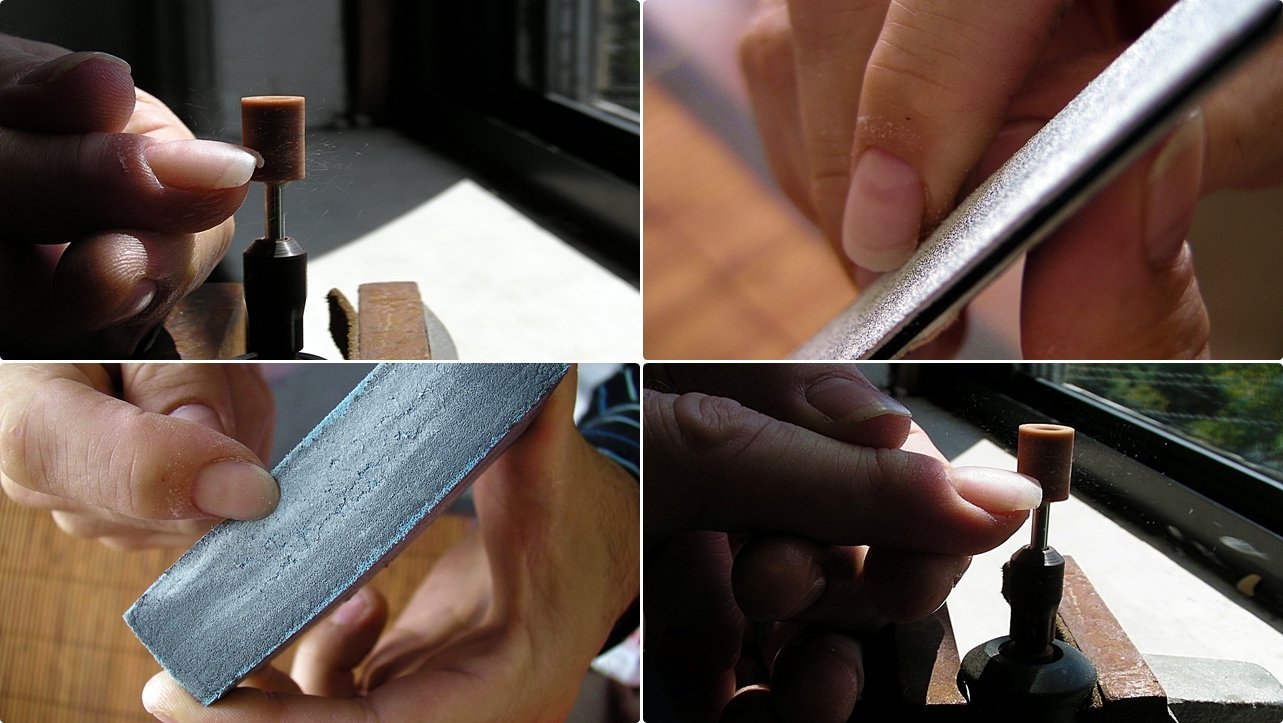Originally published on September 19, 2010
A guitarist’s right-hand fingernails are akin to reeds for a saxophonist, bowstrings for a violinist, or sticks for a drummer. They are the point at which the human interfaces with the instrument. Some care is certainly appropriate.
When I learned proper right hand technique – which I will discuss in detail in another post – I learned how to shape the nails for optimum tone and performance. The nails of the index, middle, and annular fingers (i, m, a) should be rounded to the same contour as the fingertip, protruding just past the flesh by a small amount. This amount will vary with player preference.
The goal is to have a nice blend of nail and flesh in each note. Too much nail produces a thin sound; too much flesh is dull and inarticulate. The nail should also be ‘clean’, in that the outer edge – the point of contact – should be shaped like the top of a school bus when viewed side on, and then polished to at least 600-grit sandpaper. The strings then just roll out from under the finger stroke, producing a lovely focused tone with no scratchy artifacts. Each note becomes “a bell ringing in an empty sky” as my teacher puts it.
A professional guitarist must work a lot, and many different kinds of jobs, in order to make a living. Often times this means beating up your hands when things get rockin’. If you play like you mean it, that is. After those gigs you may notice all your nail care is ruined and you’ll have to wait until they grow back in order to get your sound back for more careful passages. No longer.
Before:















